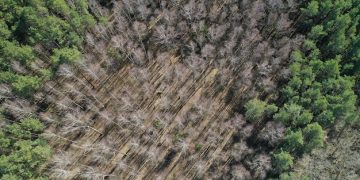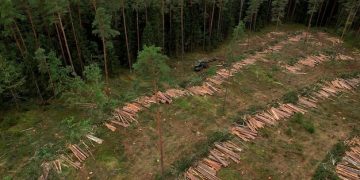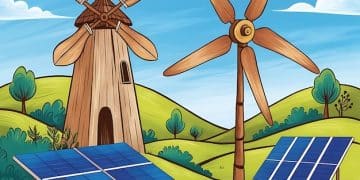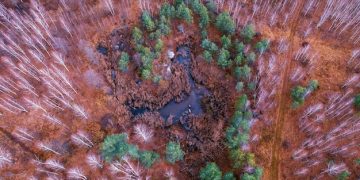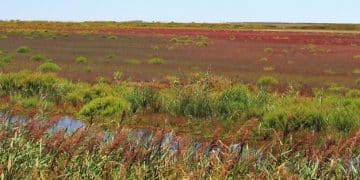Deforestation and Pests: A Looming Threat to US Timber
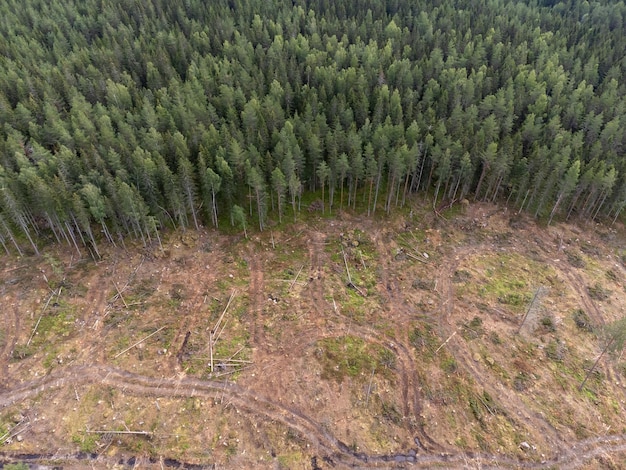
Deforestation and the spread of forest pests pose a significant and increasing threat to the US timber industry, leading to economic losses, ecological damage, and disruptions in forest management practices.
The **deforestation and the spread of forest pests** are creating havoc on the timber industry in the US. It is important to understand the impact of these events and how we can help.
Understanding the Deforestation Crisis in the US
Deforestation in the United States is an ongoing issue with complex causes and far-reaching consequences. Understanding the factors contributing to deforestation is crucial for developing effective strategies to mitigate its impact on the environment and the economy.
Main Causes of Deforestation
Deforestation in the US is driven by several key factors, each contributing to the loss of forest land at varying rates.
- Urban Expansion : As cities and suburbs grow, forests are cleared to make way for housing, roads, and commercial developments.
- Agricultural Conversion : Forests are often converted into agricultural land to support crop production and livestock grazing.
- Logging Practices : Unsustainable logging practices, including clear-cutting, can lead to widespread deforestation if not managed properly.
- Natural Disasters : Wildfires, hurricanes, and other natural disasters can destroy vast areas of forests, contributing to deforestation.
Addressing these causes requires a multi-faceted approach, including land-use planning, sustainable forestry practices, and proactive measures to prevent and manage natural disasters.
Deforestation rates vary across different regions of the US, with some areas experiencing more significant losses than others. Analyzing these regional disparities helps to pinpoint specific drivers and tailor conservation efforts accordingly.
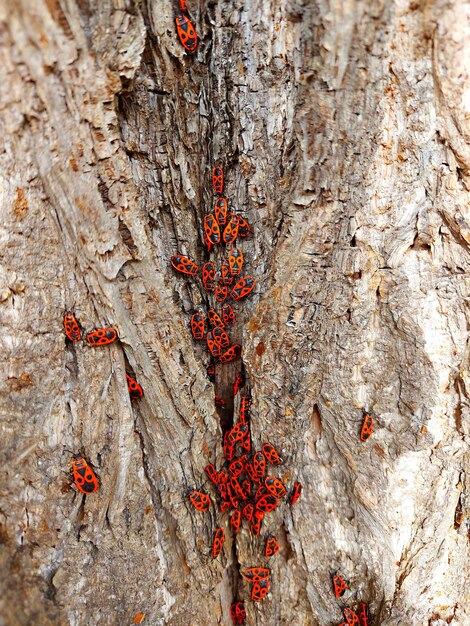
The Role of Forest Pests in Accelerating Deforestation
Forest pests play a significant role in accelerating deforestation by weakening or killing trees, making them more susceptible to other threats. Understanding the impact of these pests is essential for managing and protecting forest ecosystems.
Key Forest Pests Threatening US Timber
Several forest pests pose a significant threat to US timber, causing widespread damage and economic losses.
- Bark Beetles : These small insects can kill trees by boring into the bark and disrupting the flow of water and nutrients.
- Emerald Ash Borer : This invasive beetle is responsible for the widespread decline and mortality of ash trees across the eastern US.
- Gypsy Moth : Gypsy moth caterpillars defoliate trees, weakening them and making them more vulnerable to other stressors.
- Hemlock Woolly Adelgid : This insect feeds on hemlock trees, leading to their decline and eventual death.
These pests can have devastating effects on forest ecosystems, leading to tree mortality, reduced timber yields, and altered forest composition.
Forest pests are known to exacerbate the effects of deforestation by targeting weakened trees in already compromised ecosystems. The synergistic effect of deforestation and pest infestations can lead to rapid and widespread forest decline.
The Economic Impact on the US Timber Industry
Deforestation and pest infestations are causing significant economic losses for the US timber industry. To put it simply, the effects hurt more than just the environment. Understanding the economic impact is essential for making informed decisions about forestry management and conservation.
Direct Financial Losses
Both Deforestation and pest infestations can lead to direct financial losses for timber companies and landowners.
- Reduced Timber Supply : Deforestation reduces the availability of timber, leading to lower harvest volumes and decreased revenue.
- Increased Management Costs : Controlling pest infestations and replanting deforested areas increases management costs for timber companies.
- Decreased Property Values : Forest damage from deforestation and pests can decrease property values for landowners.
Economists and industry analysts can provide insights into the overall economic impact and help inform strategies to mitigate losses.
The economic impact extends beyond the timber industry to affect related sectors such as manufacturing, construction, and tourism. Understanding these ripple effects is crucial for developing comprehensive economic resilience strategies.
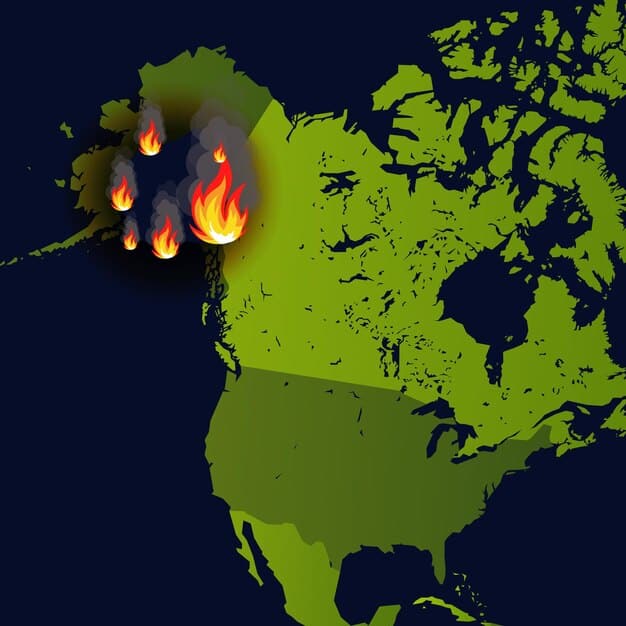
Geographic Distribution of Deforestation and Pest Outbreaks
Certain regions of the US are more susceptible to deforestation and pest outbreaks based on factors such as climate, forest type, and land-use practices. Analyzing geographic patterns helps to target conservation efforts and pest management strategies more effectively.
Regional Deforestation Hotspots
Different regions of the US experience varying rates of deforestation due to location specific circumstances.
- Southeastern US : This region has historically high rates of deforestation due to urbanization and conversion to agricultural land and is highly susceptible to intense pest activity.
- Pacific Northwest : Logging activities and wildfires contribute to deforestation in this region.
- Great Lakes Region : The Emerald Ash Borer has caused widespread ash tree mortality in this region, exacerbating the effects of deforestation.
- Rocky Mountains : Bark beetle outbreaks have impacted vast areas of forests in this region, leading to extensive tree mortality.
Analyzing these patterns helps to identify common risk factors and tailor management strategies to specific regional needs.
Effective management strategies for deforestation and pest outbreaks require collaboration between federal, state, and local agencies. Coordinating efforts across different jurisdictions ensures a more comprehensive and effective response.
Strategies for Sustainable Forest Management
Sustainable forest management practices can help mitigate the impact of deforestation and pest infestations while ensuring the long-term health and productivity of forests. Conservation efforts are at the forefront of helping keep our forests healthy.
Effective Forest Management Practices
Sustainable forest management involves a range of practices designed to balance timber production with environmental protection.
- Reforestation Efforts : Reforestation efforts help regenerate forests after logging or natural disasters, ensuring the long-term supply of timber and ecological benefits.
- Integrated Pest Management : Integrated pest management strategies combine biological control, chemical treatments, and silvicultural practices to control pest populations.
- Fire Prevention and Management : Proactive measures to prevent and manage wildfires can help reduce the risk of large-scale forest destruction.
These strategies help to maintain the ecological integrity of forests while supporting economic opportunities for local communities.
Public awareness and education can play a crucial role in promoting sustainable forest management practices. Engaging communities and stakeholders in conservation efforts helps to build support for forest protection.
Policy and Conservation Efforts
Government policies and conservation initiatives play a key role in addressing deforestation and pest infestations in the US. Public officials are working hard to come up with better strategies to save our forests.
Federal and State Regulations
Federal and state regulations related to forest management, pest control, and land use planning play a key role in protecting US forests.
- National Forest Management Act : This act governs the management of national forests, setting standards for sustainable timber harvesting and environmental protection.
- Plant Protection Act : This act regulates the movement of plants and plant products to prevent the introduction and spread of plant pests and diseases.
- Endangered Species Act : This act protects threatened and endangered species and their habitats, including forests.
These policies work together to balance economic interests with environmental protection.
Conservation organizations can play a vital role by collaborating with government agencies and landowners to implement effective conservation projects.
| Key Point | Brief Description |
|---|---|
| 🌳 Deforestation Causes | Urban expansion, agriculture, logging, and disasters drive deforestation. |
| 🐛 Forest Pests’ Role | Pests like beetles exacerbate deforestation by killing weakened trees. |
| 💰 Economic Impact | Timber industry faces losses due to reduced supply and increased costs. |
| 🛡️ Management Strategies | Sustainable practices, reforestation, and pest management are key. |
Frequently Asked Questions
▼
The main drivers include urban expansion, agricultural conversion, unsustainable logging practices, and natural disasters like wildfires and hurricanes.
▼
Forest pests weaken or kill trees, making them more vulnerable to other stressors. This can accelerate deforestation and lead to rapid forest decline.
▼
Deforestation leads to reduced timber supply, increased management costs for pest control and replanting, and decreased property values for landowners.
▼
These include reforestation efforts, integrated pest management, fire prevention and management, and sustainable timber harvesting practices to keep the forests healthy for longer.
▼
The National Forest Management Act, Plant Protection Act, and Endangered Species Act are among the key policies that protect US forests and regulate forest management practices.
Conclusion
Addressing deforestation and pest infestations requires a coordinated effort from government agencies, the timber industry, conservation organizations, and individual citizens. By implementing sustainable forest management practices, enforcing strong environmental policies, and raising public awareness, we can protect US forests for future generations.
